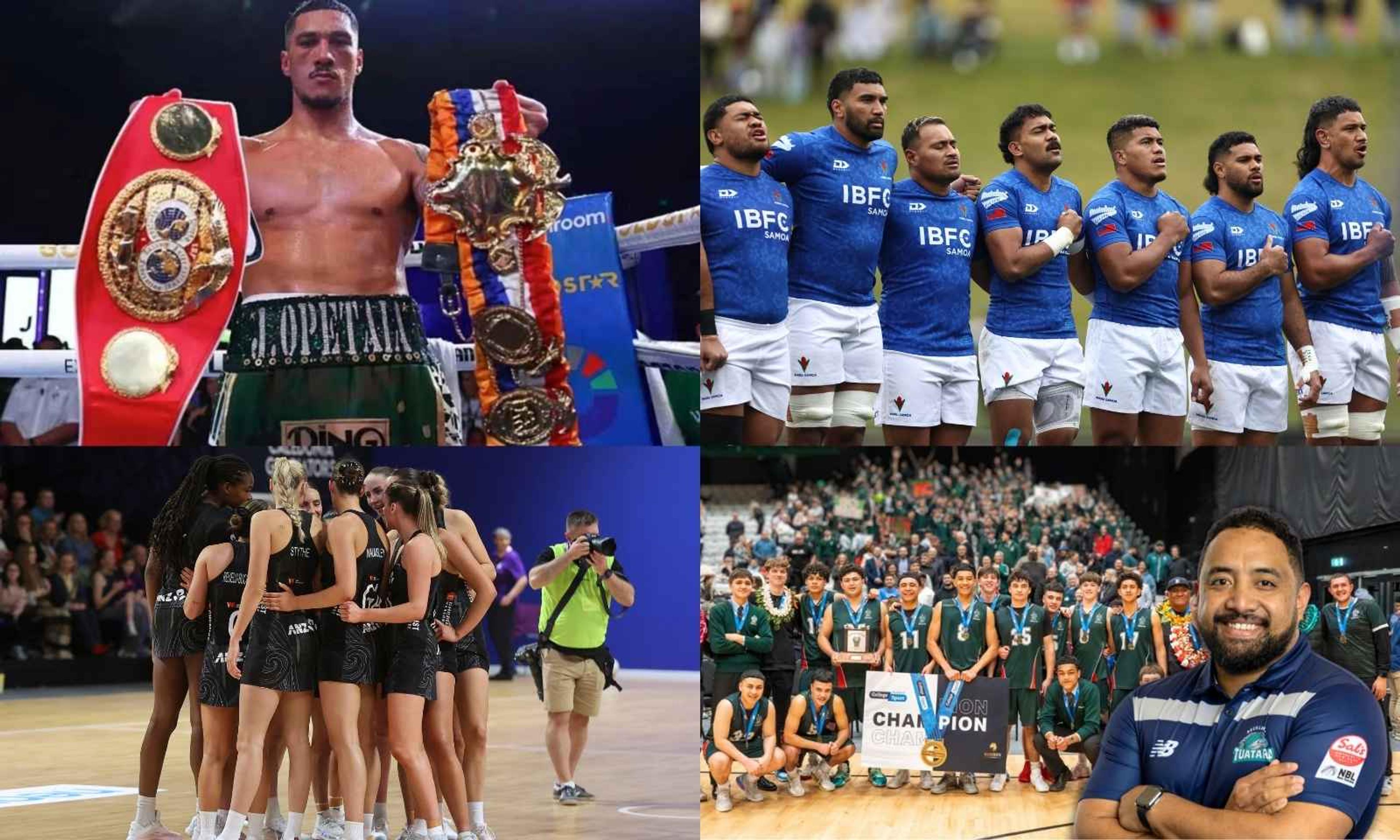
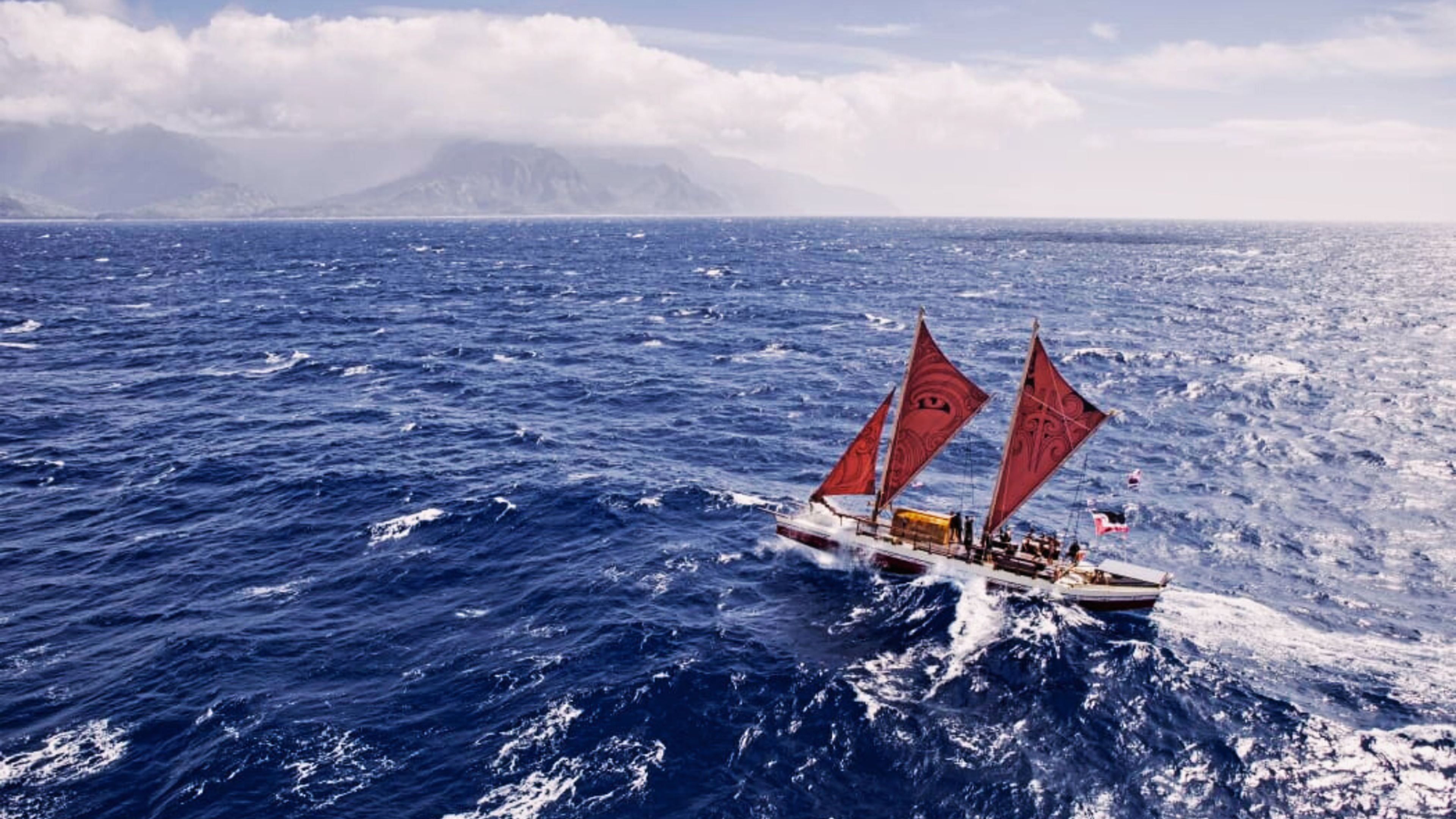
The toolkit takes learners on a voyage across the Pacific, from Aotearoa to Hawaii and
Photo/Okeanos Foundation/Rui Camilo
New Pacific toolkit brings ancestral knowledge into Aotearoa classrooms
Pacific educators say the resource fills a gap in early learning by helping tamariki explore wellbeing through cultures, values, and ancestral knowledge.


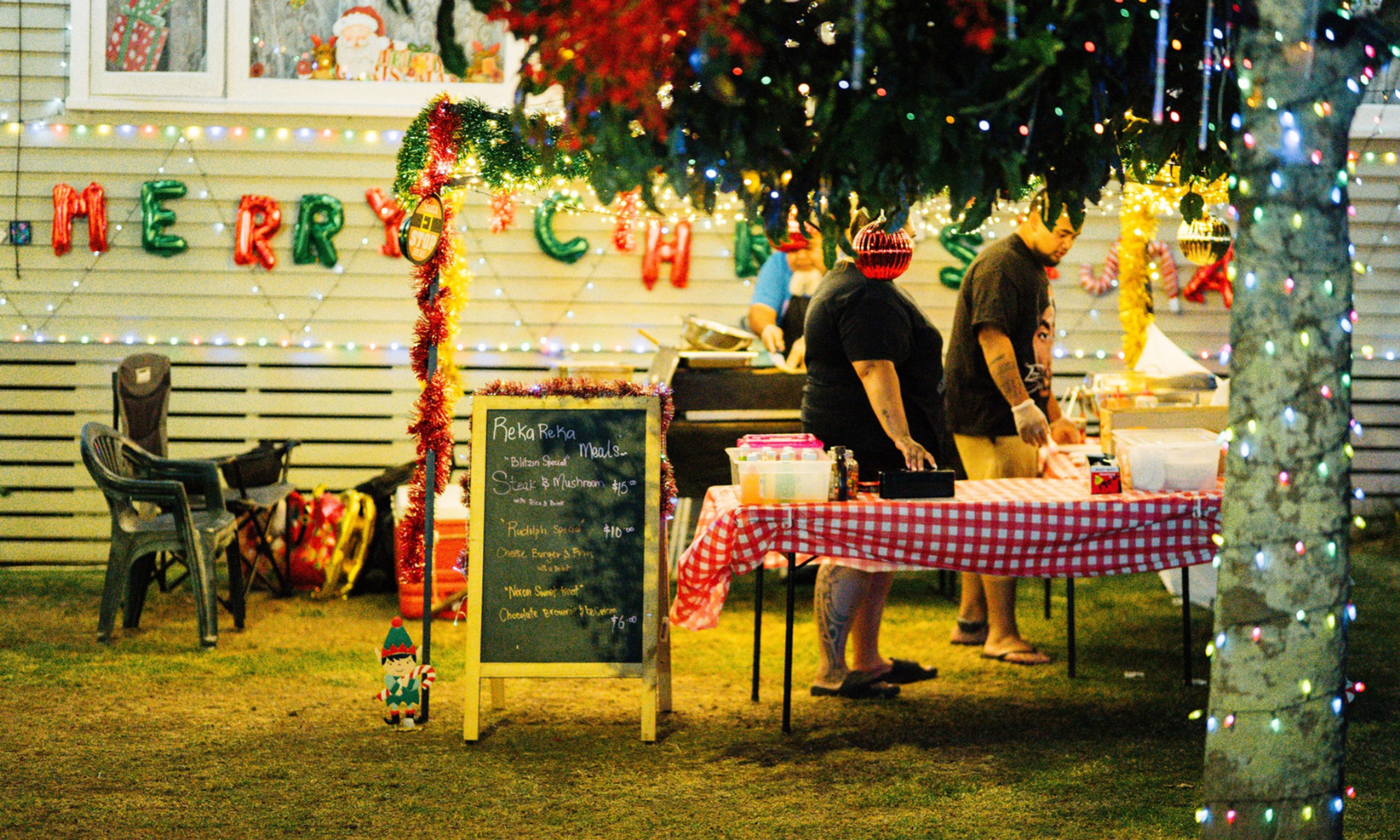
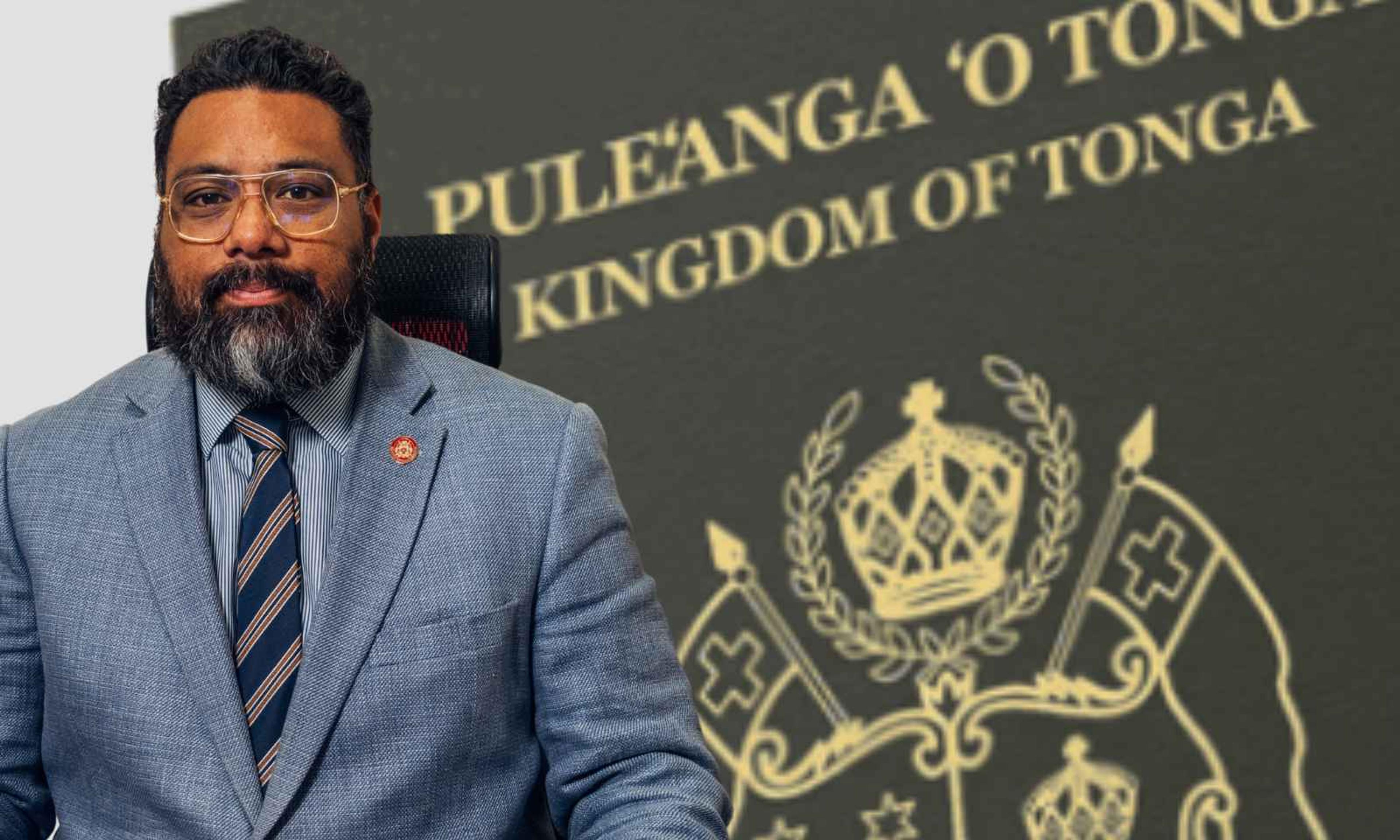
Fresh warning as Tonga PM defends citizenship investment scheme

‘I knew something was wrong’: Pacific children miss out on early hearing support


Pacific sports wrap: 2025’s massive highs, lows and historic firsts


Fresh warning as Tonga PM defends citizenship investment scheme

‘I knew something was wrong’: Pacific children miss out on early hearing support
Pacific educators have launched a new early-childhood toolkit they say finally gives Pacific children what has long been missing in classrooms: a way to learn through their stories, cultures, and ancestors.
The Nesian Narratives Toolkit, launched on 19 November, was created over four years of talanoa (discussion) between researchers and early childhood kaiako (teachers). It guides four- and five-year-olds through 12 themed “voyages”, each based on a Pacific nation and a different part of children’s wellbeing, such as identity, emotions, consent, relationships, and environmental safety.
The toolkit was created by Dr Analosa Veukiso-Ulugia and co-authors Ang Mizziebo, Amelia Ah Mann, and Michaela Roberts. They told PMN News their goal is to design a resource that feels truly Pacific.
“We’ve got so much richness among our Pacific families and our children, but there are also some issues that we know we can support,” Veukiso-Ulugia says. “Teachers do incredibly well, but in terms of Pacific resources, there could be more.”
Mizziebo says the toolkit honours the generational passing down of knowledge: “We forget about AI, our ancestral intelligence, and the stories passed down from our mātua. We want to carry on that cultural identity.”
Funded by the Health Research Council of New Zealand, the digital toolkit follows 12 voyages, each based on a different Pacific nation and a theme of children’s wellbeing, such as identity, consent, environmental safety, relationships, and brain development.
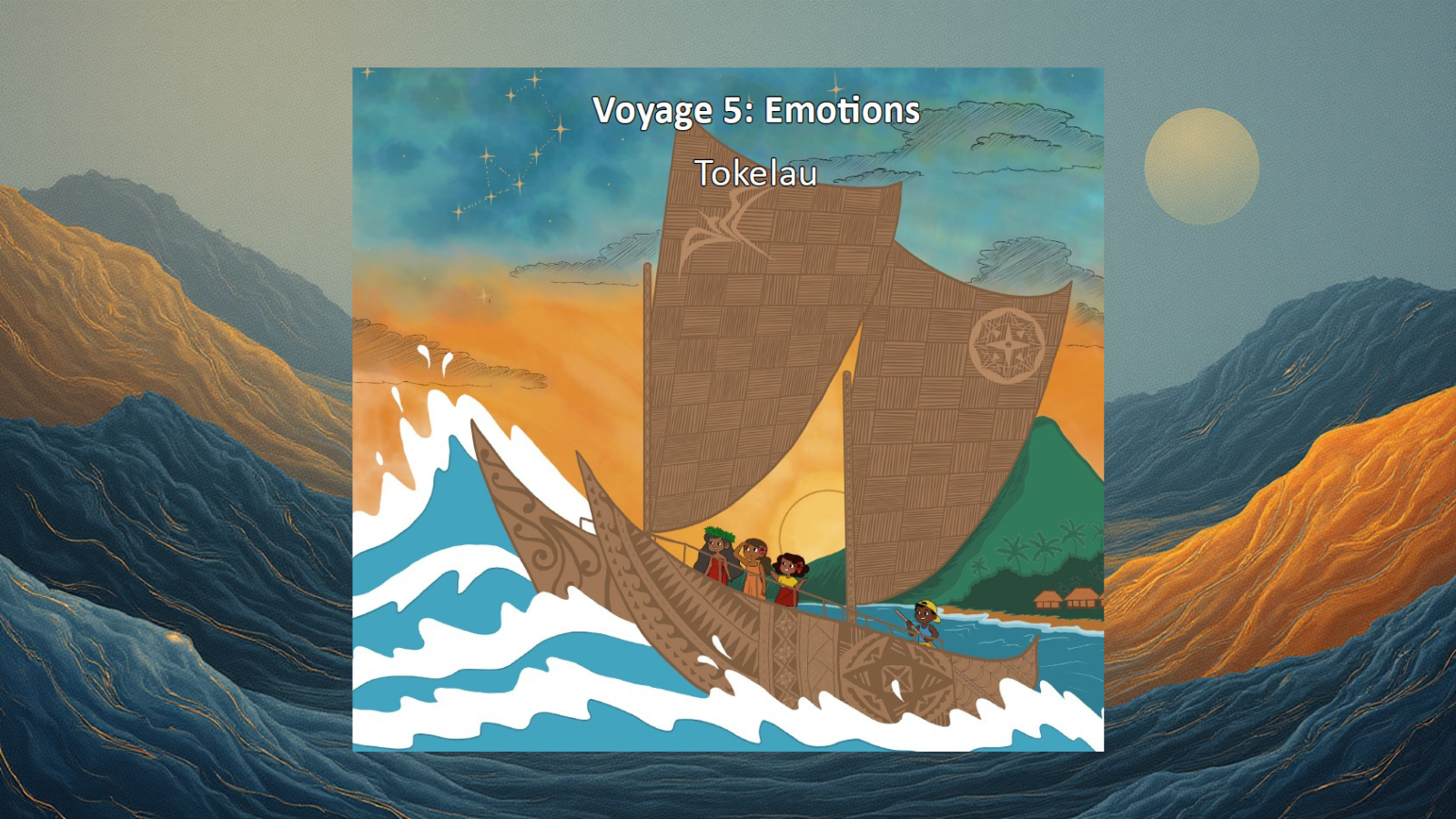
One of the 12 Voyages is set in Tokelau and themed around emotions. Photo/Nesian Narratives Toolkit
Each voyage combines stories, cultural values, and practical lessons. For example, in Voyage seven, set in Rotuma, tamariki learn about Rotuman identity while also practising safety skills.
At the end of the voyage, tamariki can share fun facts about Rotuma and recognise when a situation is unsafe, learning how to protect themselves and others. This mix of culture and practical skills is what makes the toolkit different from generic early-learning resources.
Ah Mann says ensuring the authenticity of each voyage was a major priority: “It was a lot of research… and working in collaboration with our kaiako and our parents. With that experience combined, it helped us navigate through all these voyages.”

The team designed the toolkit to work alongside Te Whāriki and Tapasā, so kaiako can easily link each voyage to the early-learning frameworks they already use. Photo/Nesian Narratives Toolkit
Veukiso-Ulugia says teachers often struggle to find accurate cultural resources scattered across multiple sources. “It’s hard for them to bring it all into one… so we’ve tried to bring something accessible that pulls it together.”
The team designed the toolkit to work alongside Te Whāriki and Tapasā, so kaiako can easily link each voyage to the early-learning frameworks they already use.
Mizziebo says the voyages also include small cultural details designed to engage tamariki, like introducing children to the endangered Māui dolphin, the smallest dolphin in the world, along with the well-known demigod Māui. “Our children learn hands-on… it’s a fun way of learning,” she says.
Several voyages tackle themes that adults might consider complex, such as consent, emotions, or brain development, which are already relevant in a child’s daily life.
Veukiso-Ulugia says these ideas already show up in children's everyday play: “They squabble, they take things from each other’s rooms, already we’re talking about boundaries, we’re talking about consent.”
She says the toolkit provides the language and tools for teachers to guide these everyday experiences. “It might sound like big terms, but when you break it down, it’s about those everyday relationships.”
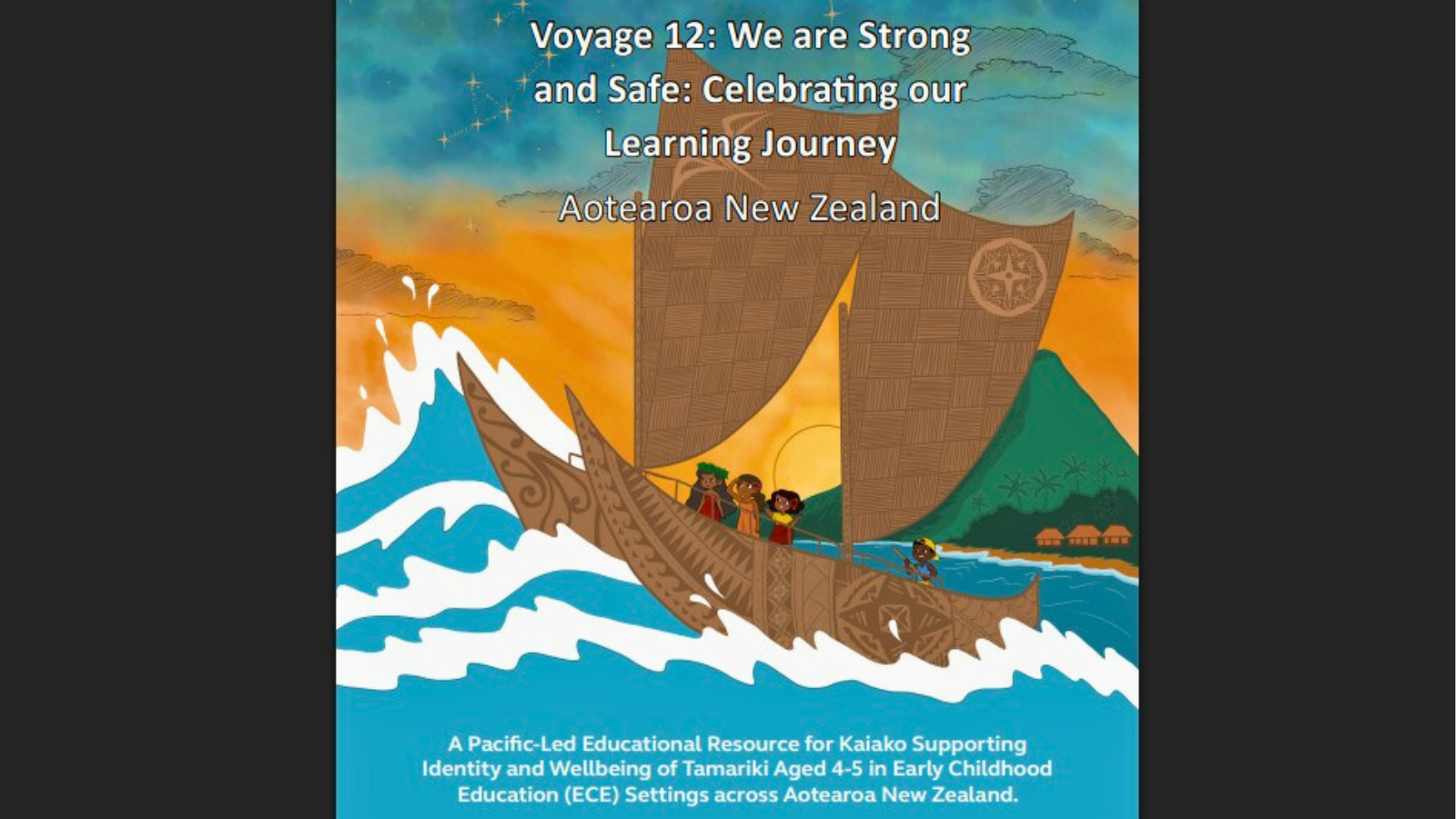
The final voyage recaps and reflects on learning from the Nesian Narratives. Photo/Nesian Narratives Toolkit
Ah Mann says the learning experiences were purposely designed to be play-based and joyful: “It’s a fun way to educate our children through their everyday… for our children to have fun, but learn at the same time. It’s done with intention.”
When asked how the toolkit addresses the needs of neurodivergent, non-verbal, or differently structured families, the authors acknowledged that this is an area they are actively considering as the work evolves.
Veukiso-Ulugia says the toolkit already includes voyages that recognise diverse family structures and support networks, but more specialised work is needed to meet the needs of all learners fully.
“We recognise there is still some more work to be done,” she says, adding that they want to develop the next phase “with other ECEs and with additional experts in that field,” especially to ensure the toolkit is inclusive of children with varied communication styles, sensory needs, and support systems.
She says their goal is for the voyage activities to remain adaptable so that kaiako can tailor them to individual learning needs: “Each centre has its own ethos… we want them to take it and make it their own.”
The authors emphasise that while the toolkit is primarily for teachers of four- and five-year-olds, it has also unexpectedly empowered Pacific kaiako themselves.
Watch the Nesian Narratives Toolkit interview below:
Mizziebo says the toolkit has helped some teachers reconnect with cultural knowledge they once felt distant from. “It gives a bit of empowerment for our westernised-born Pacific Islander kaiako… it might start that interest for our kaiako who want to know more and feel safe doing it.”
Ah Mann reflected on sharing the resource with her own family, saying the process was emotionally significant. “I’m so proud to put our Pacific culture on the map… now my little one’s turning five, so I’m grateful there’s a toolkit there to support her and many more to come.”
The team believes the toolkit is a starting point and not the final product. Veukiso-Ulugia says the next phase will involve adapting it for parents. “We’re going to be working with parents to design it in a way that’s much easier to take on board… there’s definitely more work to come.”
With the toolkit now available to kaiako around the country, its authors hope it will not only strengthen Pacific children’s sense of identity but also transform how wellbeing is being taught in early learning spaces in Aotearoa.